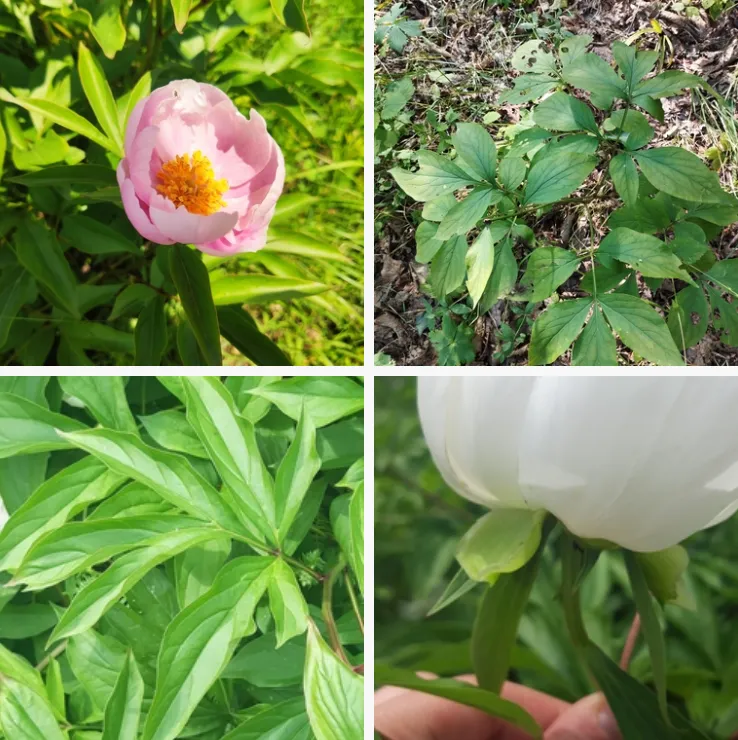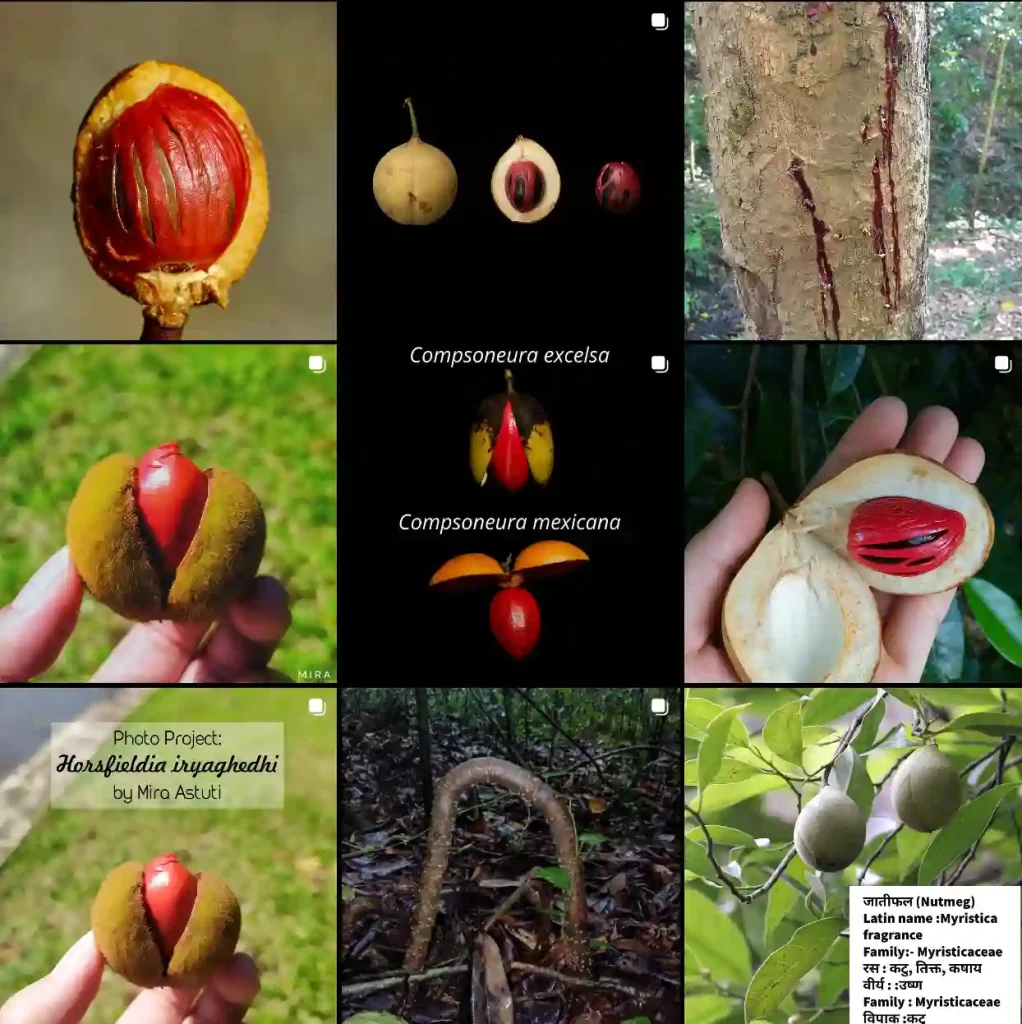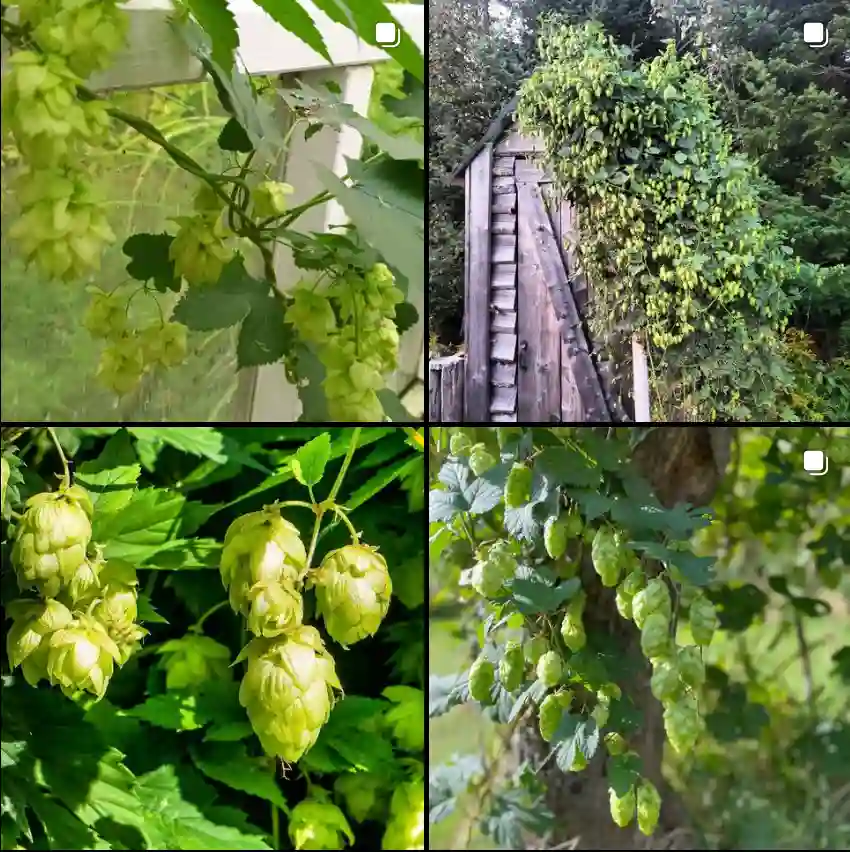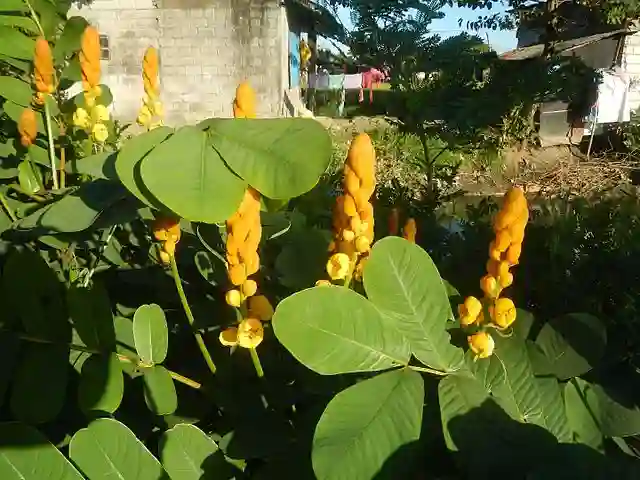The Enchanting World of Bignonia
My name is Ferb Vu, and I’ve always been drawn to the vibrant beauty of the natural world, especially the captivating allure of flowering plants. Among them, the genus Bignonia holds a special place in my heart. With their striking trumpet-shaped flowers and lush foliage, these plants bring a touch of the tropics to any garden. Join me as we delve into the fascinating world of Bignonia, exploring their unique characteristics, diverse species, and the joy they bring to plant enthusiasts like myself.
A Trumpet Call of Color
Bignonia is a genus of flowering plants belonging to the family Bignoniaceae. The genus was named after the French scholar Jean-Paul Bignon by his protégé, the renowned botanist Joseph Pitton de Tournefort. These plants are typically characterized by their vigorous climbing habit, often adorning walls, fences, and trellises with their exuberant growth. But it’s the flowers that truly steal the show. Ranging in color from fiery reds and oranges to delicate yellows and purples, they resemble trumpets, announcing their presence with a burst of tropical vibrancy.
These trumpet-shaped flowers are not just a feast for the eyes; they are also vital for the plant’s reproduction. Their shape and vibrant colors are designed to attract pollinators, such as bees, butterflies, and hummingbirds, which play a crucial role in the fertilization process.
A Diverse Family
While the genus Bignonia itself is relatively small, the family Bignoniaceae is quite extensive, encompassing a wide variety of plants, including trees, shrubs, and lianas. This diversity is reflected in the range of habitats where Bignonia species can be found, from tropical rainforests to arid deserts.
Here are species within the Bignonia genus:
- Bignonia binata: This species is native to South America and is known for its large, showy flowers that can be white, pink, or purple.
- Bignonia capreolata: Commonly known as the cross vine, this North American native is a popular ornamental plant due to its fragrant, reddish-orange flowers and its ability to climb and cover large areas.
- Bignonia callistegioides: Also known as the lavender trumpet vine, this species boasts beautiful lavender-colored flowers and is native to South America.
- Bignonia campanulata: This species is characterized by its bell-shaped, yellow flowers and is found in Central and South America.
- Bignonia aequinoctialis L.
- Bignonia bracteomana (K.Schum. ex Sprague) L.G.Lohmann
- Bignonia cararensis Zuntini
- Bignonia convolvuloides (Bureau & K.Schum.) L.G.Lohmann
- Bignonia corymbosa Vent.
- Bignonia costata (Bureau & K.Schum.) L.G.Lohmann
- Bignonia cuneata (Dugand) L.G.Lohmann
- Bignonia decora (S.Moore) L.G.Lohmann
- Bignonia diversifolia Kunth
- Bignonia hyacinthina (Standl.) L.G.Lohmann
- Bignonia lilacina (A.H.Gentry) L.G.Lohmann
- Bignonia longiflora Cav.
- Bignonia magnifica W.Bull
- Bignonia microcalyx G.Mey.
- Bignonia neoheterophylla L.G.Lohmann
- Bignonia neouliginosa L.G.Lohmann
- Bignonia nocturna (Barb.Rodr.) L.G.Lohmann
- Bignonia noterophila Mart. ex DC.
- Bignonia phellosperma (Hemsl.) L.G.Lohmann
- Bignonia potosina (K.Schum. & Loes.) L.G.Lohmann
- Bignonia prieurii DC.
- Bignonia pterocalyx (Sprague ex Urb.) L.G.Lohmann
- Bignonia ramentacea (Mart. ex DC.) L.G.Lohmann
- Bignonia sanctae-crucis Zuntini
- Bignonia sciuripabulum (Hovel.) L.G.Lohmann
- Bignonia sordida (Bureau & K.Schum.) L.G.Lohmann
- Bignonia uleana (Kraenzl.) L.G.Lohmann
Cultivating Beauty
For those who wish to bring the tropical charm of Bignonia to their own gardens, these plants are generally not too demanding. They thrive in warm climates with plenty of sunshine and well-drained soil. Regular watering is essential, especially during dry periods, and a balanced fertilizer can encourage healthy growth and abundant flowering.
Bignonia plants are vigorous climbers and can quickly cover a trellis or fence. Pruning is often necessary to maintain their shape and size, and it’s best done after the flowering season.
Beyond the Garden
The appeal of Bignonia extends beyond its ornamental value. In some cultures, these plants have traditional medicinal uses. For example, extracts from certain Bignonia species have been used in traditional medicine to treat a variety of ailments, including skin infections and respiratory problems.
Furthermore, Bignonia plays a role in supporting local ecosystems. Their flowers provide nectar for pollinators, while their dense foliage can offer shelter and nesting sites for birds and other small animals.
A Personal Connection
As a plant enthusiast, I find Bignonia to be a source of endless fascination. Their vibrant flowers bring a touch of the exotic to any garden, and their vigorous growth is a testament to the resilience of nature. Whether I’m admiring their intricate blooms or simply enjoying the shade they provide on a sunny day, Bignonia reminds me of the beauty and diversity that the plant kingdom has to offer.
I encourage everyone to take a moment to appreciate the natural wonders around them, whether it’s a majestic tree, a delicate wildflower, or a vibrant Bignonia vine climbing a garden wall. These plants enrich our lives in countless ways, and it’s our responsibility to protect and cherish them for generations to come.
If i die, water my plants!



